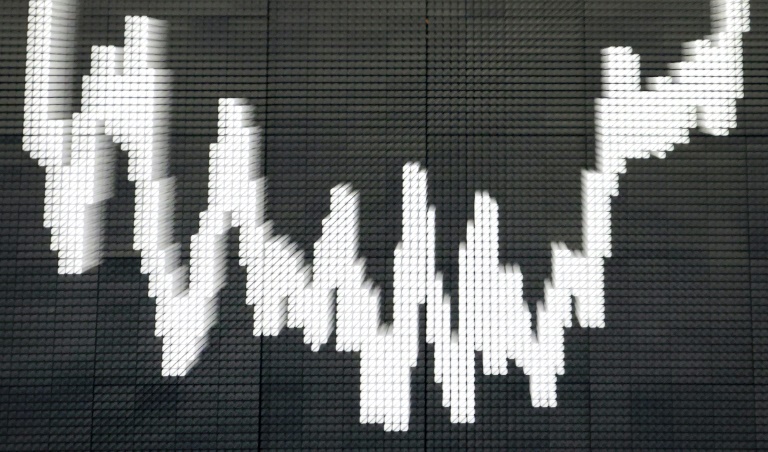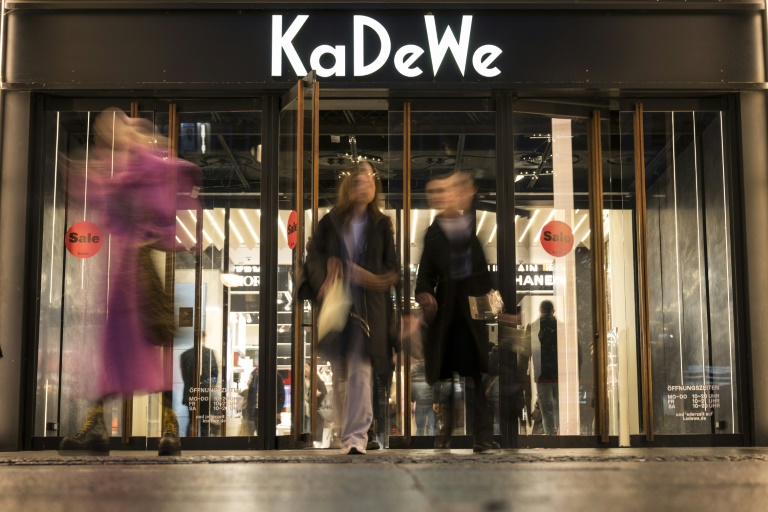Welcome to the Economics 101 series in which we will go over the most basic concept in economics that everyone should understand. The series of articles contains discussions about the following subject:
- Supply and Demand
- Opportunity Cost
- Scarcity
- Cost-Benefit Analysis
- Incentives
- Elasticity
- Market Structures
- Gross Domestic Product (GDP)
- Inflation and Deflation
- Fiscal and Monetary Policy
This is part four in which we will discuss the concept of cost-benefit analysis.
Introduction:
In the world of economics, making decisions is a constant. Whether it’s a government deciding on a policy or an individual trying to make a personal choice, weighing the costs and benefits is essential. This is where cost-benefit analysis comes into play. It is a powerful tool that helps us determine the most efficient use of resources and make informed decisions.
What is Cost-Benefit Analysis?
Cost-benefit analysis is a systematic approach to evaluating the pros and cons of a decision or project. It involves comparing the costs incurred with the benefits gained. By quantifying and monetizing the costs and benefits, we can determine if the benefits outweigh the costs or vice versa.
The Process:
The process of cost-benefit analysis can be broken down into several steps:
- Identify the decision or project: The first step in cost-benefit analysis is to clearly define the decision or project under consideration. This could range from building a new road to implementing a new policy.
- Identify costs and benefits: After defining the decision or project, the next step is to identify all the costs and benefits associated with it. Costs can include the direct costs of resources, as well as any opportunity costs. Benefits can include both monetary and non-monetary gains.
- Quantify costs and benefits: Once all the costs and benefits are identified, they need to be quantified. Monetary values are assigned to all the costs and benefits to provide a basis for comparison.
- Discounting and time frame: In cost-benefit analysis, future costs and benefits are often discounted to reflect their present value. This is done to account for the time value of money and to ensure that all costs and benefits are expressed in today’s dollars. A timeframe is also established to evaluate the costs and benefits over a specific period.
- Compare costs and benefits: Once all the costs and benefits are quantified, they can be compared. This is usually done by subtracting the total costs from the total benefits to determine if the project or decision is economically viable.
- Consider intangible factors: While cost-benefit analysis primarily focuses on quantifiable costs and benefits, it’s important to consider intangible factors that cannot be easily monetized. These could include social, environmental, or ethical considerations that may influence the overall decision-making process.
The Importance of Cost-Benefit Analysis:
Cost-benefit analysis provides a structured framework for decision-making. It allows us to assess the potential outcomes of different choices and determine which option offers the highest net benefit. By considering both the financial and non-financial aspects, we can make better-informed decisions that promote overall welfare and efficiency.
Applications:
Cost-benefit analysis is used in various fields to inform decision-making. In government, it helps policymakers evaluate the impacts of different policies and determine their feasibility. It is also widely used in business to assess the profitability of potential investments or projects. Additionally, cost-benefit analysis is utilized in environmental economics to evaluate the costs and benefits of environmental policies or projects.
Limitations:
While cost-benefit analysis is a valuable tool, it does have its limitations. It relies heavily on accurate and comprehensive quantification of costs and benefits, which can be challenging, especially for intangible factors. Additionally, the process is subjective to some extent as different individuals may assign different values to the same costs or benefits. Despite these limitations, cost-benefit analysis remains an essential tool for decision-makers.
Conclusion:
Cost-benefit analysis is a fundamental concept in economics that helps us make rational choices by weighing the costs against the benefits. It provides a systematic framework for decision-making and assists in evaluating the efficiency of different options. By considering the monetary and non-monetary factors, we can make well-informed decisions that promote overall welfare and resource allocation. Whether it’s in government, business, or everyday life, cost-benefit analysis is a valuable tool that enables us to make better decisions.





















